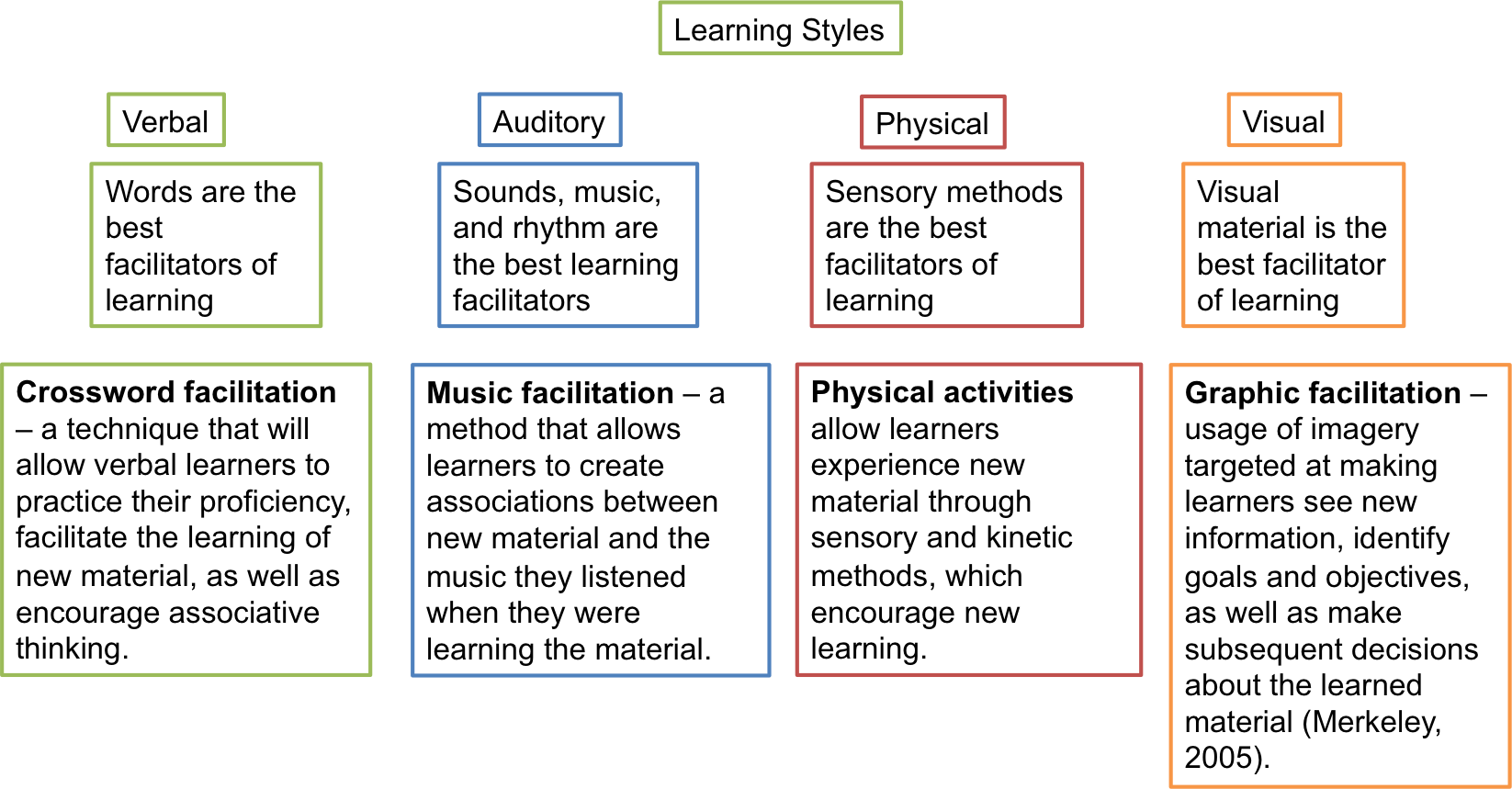Article Discussion
The article by Plante and Asselin (2014) aimed to determine the most effective practices as well as strategies based on evidence to design and maintain a supportive online environment for learning, which facilitates social presence, caring behaviors, as well as efficient learning experiences.
The aim of their research stemmed from the need for establishing the social presence and caring behaviors in the context of virtual learning since teachers were greatly challenged by engaging students in learning and promoting a sense of connection. After conducting extensive literature research, it was found that both qualitative and quantitative studies included the promotion of social presence and caring.
This article raised awareness about important issues educators face in the course of their online teaching practice. Because the Internet does not allow for physical interaction between students, it is the duty of teachers to make sure that every student feels included and that there is a caring environment. It has been concluded that student’s satisfaction, social presence are directly linked to the performance of their instructors. Therefore, there is a high need for teachers to learn more about evidence-based practices and strategies to facilitate effective learning and maintain a caring environment in the context of online classes.
Facilitation Methods
In order to promote effective learning, clinical educators should use a range of facilitation methods that will help students better understand the material and feel included in the learning process. Roman Smolak’s (2013) video talks about four methods of facilitation that anybody can use in their teaching. The speaker mentions experience, reaction, generation, and application facilitation methods.
Because facilitators need to keep the participants engaged, these facilitation methods can be used in a variety of ways, depending on the experience and the imagination of facilitators. The experience facilitation method can be used by telling students stories relevant to the material to cause reactions, which are also facilitative for the learning process. Generalization facilitation can be achieved by offering learners some examples of how they can use the knowledge they acquired during the learning process.
The last method of facilitation is the application, which directly relates to putting the learned material into practice. It can be achieved through role-playing, an effective method that subsequently evolves into experience and reaction. Overcoming the challenges associated with these facilitation methods is associated with ensuring a trusting and friendly learning environment where students will feel comfortable. Without it, the implementation of the facilitation methods will be impossible.
Synchronous and Asynchronous Learning
The video about synchronous and asynchronous learning explained the differences between them in the context of online teaching (Dzuber1000, 2012), a topic discussed by Plante and Asselin (2014). While asynchronous facilitation does not require the simultaneous participation of all parties of the learning process, synchronous facilitation is associated with simultaneous interactions since it is not bound by place constraints.
Synchronous facilitation in online teaching can be implemented through video conferencing, meeting rooms, and Skype. Asynchronous online learning facilitation usually occurs via emails, blogs, as well as previously recorded sessions. By combining the asynchronous and synchronous facilitation, an educator will be able to achieve active learning.
As to these methods of facilitation, there are some challenges that teachers need to overcome to achieve active and effective learning. First, it is important to understand which method of facilitation works better in specific scenarios.
For example, when a learning process requires asking questions, it is better to respond to them via synchronous facilitation. On the other hand, asynchronous facilitation is best for making up for missed material. Second, to overcome the majority of challenges, teachers must motivate learners, provide feedback, and encouraging prioritizing and discipline in the context of online learning.
Learning Styles and Facilitation Methods – Visual Representation


References
Dzuber1000. (2012). Synchronous vs Asynchronous learning. Web.
Merkeley, C. (2005). The benefits of graphic facilitation: More than just pretty pictures. Web.
Plante, K., & Asselin, M. (2014). Best practices for creating social presence and caring behaviors online. Nursing Education Perspectives, 35(4), 219-223.
Roman Smolak. (2013). Steps in effective facilitation using the ERGA Method. Part IV of V Toastmasters workshop. Web.